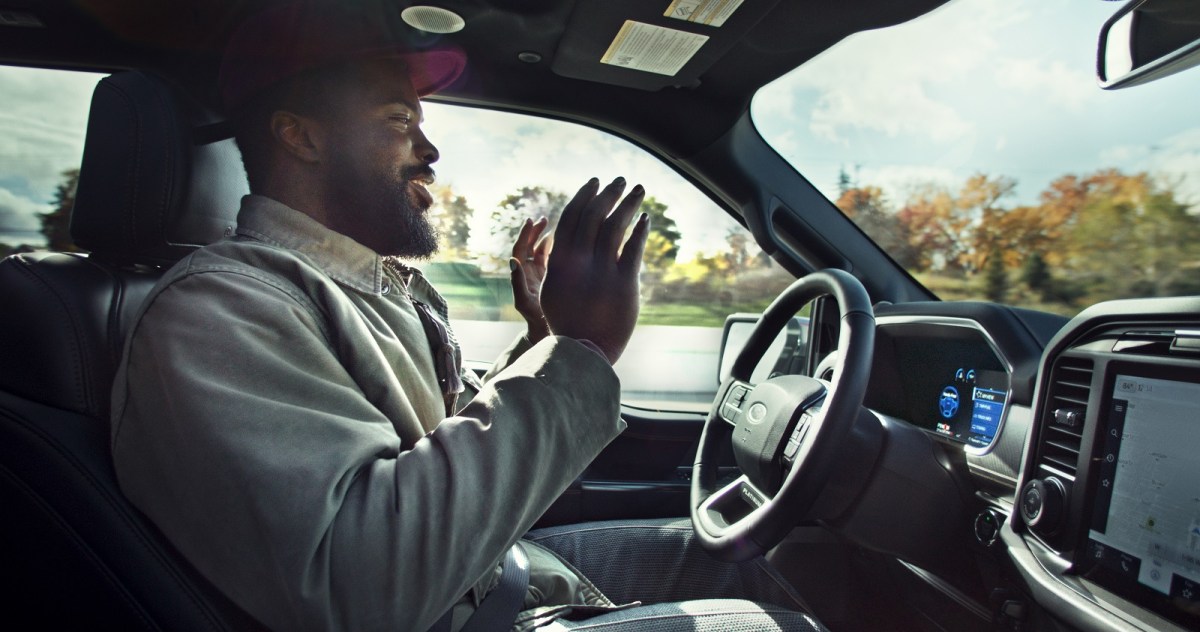And investigation is currently underway into Ford’s BlueCruise hands-free driving technology after multiple deaths were reported. This development comes at a time when Tesla’s Autopilot system continues to face scrutiny over its safety and effectiveness.
Ford introduced its BlueCruise hands-free driving feature as part of its Co-Pilot360 technology, which is available on certain models such as the Mustang Mach-E and F-150. The technology allows drivers to take their hands off the steering wheel under certain conditions, such as on designated highways. However, recent incidents have raised concerns about the safety of this system.
In one tragic incident, a fatal crash involving a Ford Mustang Mach-E equipped with BlueCruise occurred in California. The National Highway Traffic Safety Administration (NHTSA) has launched an investigation into the crash to determine whether the technology played a role in the accident. This incident has sparked debates about the reliability and limitations of hands-free driving systems.
Meanwhile, Tesla’s Autopilot system has also come under fire in recent years following a series of accidents involving vehicles equipped with the technology. Critics have raised concerns about the ability of the system to accurately detect and respond to potential hazards on the road. Despite Tesla’s claims that Autopilot is designed to assist rather than replace the driver, questions persist about the level of supervision required when using the system.
The ongoing scrutiny of both Ford’s BlueCruise and Tesla’s Autopilot highlights the challenges facing automakers as they develop and implement advanced driver-assistance technologies. While these systems have the potential to improve safety and convenience on the road, they also raise ethical and regulatory questions that must be addressed.
One key issue is the level of oversight and accountability that automakers should have over these technologies. As more cars are equipped with advanced driver-assistance features, the responsibility falls on manufacturers to ensure that these systems are safe and reliable. This includes conducting thorough testing and validation to identify and address any potential issues that could compromise the safety of the vehicle and its occupants.
In addition, there are questions about the role of government regulators in overseeing the development and deployment of hands-free driving technologies. As incidents like the fatal crash involving Ford’s BlueCruise continue to occur, there is a growing call for stricter regulations and standards to govern the use of these systems. This includes requirements for more transparent communication about the capabilities and limitations of hands-free driving systems to help drivers make informed decisions about when and how to use them.
Overall, the investigation into Ford’s BlueCruise technology and the ongoing scrutiny of Tesla’s Autopilot system underscore the importance of ensuring that advanced driver-assistance technologies are safe, reliable, and properly regulated. As automakers continue to push the boundaries of autonomous driving capabilities, it is essential that the industry and regulators work together to address the challenges and risks associated with these systems. By prioritizing safety and transparency, automakers can help build trust among consumers and ensure that hands-free driving technologies are used responsibly and effectively.
